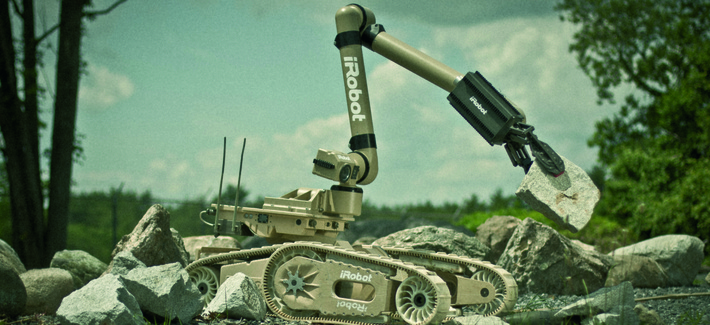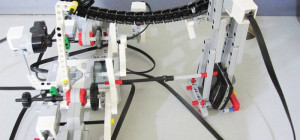 Ebola: Origin and Symptoms
Ebola: Origin and Symptoms
Origins of the Ebola virus can be traced back to 1976, when it was supposedly found in the Ebola River-a tributary of the Congo River. The Ebola virus is extremely fatal for humans and mammals, which eventually leads to the Ebola_Virus_Disease. It is also referred to as Ebola hemorrhagic fever. The symptoms of this disease start to crop up after two days. They might also appear after three weeks. The signs include:
- Head, muscle, and joint aches
- Fever
- Sore throat
- Vomiting
- Rashes
- Diarrhea
- Internal and external bleeding
The disease ultimately leads to death due to excessive loss of fluids and low blood pressure. As per the latest records, Liberia witnessed the maximum cases and deaths from Ebola. Of the 4,076 cases, 2,316 patients died.
The virus gets transmitted through the blood and body fluids of an infected person or an animal. Bats are said to be the carriers of the virus, which renders null effect on them. The virus does not get transmitted through air as well.
Robotics - What is it?
Science and Technology designs and establishes (in real) the imaginative perceptions of the human mind. The grey matter is a vast pool, which constantly keeps on weaving ideas, images, and thoughts.
The word ‘Robot' got derived from the Serbo-Croatian word ‘rabota', which basically means labor. Robots and Robotics have gradually become an integral part of human life. And, as the word of origin denotes, robots are substantial contributors towards labor workforce.
The mechanism by which mechanical, electrical, and computer engineering are interwoven to design, construct and use the application to run a robot is called Robotics. In general, the prototypes are based on human figures and are referred to as humanoids or androids.
Implementing Robotics in Medical Science
Lately, Ebola has become a global issue, as it is spreading rapidly. Besides, no vaccine has been discovered yet. Controlling it is a difficult task, as humans are vulnerable to the Ebola virus. However, non-biological entities or droids can be a good substitute towards catering to the needs of medical science.
The contagious diseases are treated by doctors with the help of Positive Pressure Protective Suits. New methods are being thought over to replace the service of doctors by robots in the contagious rooms.
A band of doctors, who were researching on usage of medical robotics in biothreat circumstances submitted a paper entitled ‘Use of Medical Robotics in Biothreat ituations'. The motto of the paper and the research was to show the advantages of robotics over human beings in Ebola control. They are:
- Immune to infection
- Self-decontaminating surfaces can be coated
- Availability for 24 hours
- Can serve as a virtual telepresence
- Ability to collect lab specimen
- Can transport bio-hazardous materials and biological waste
- Can deliver meals and medicines to patients
Patients suffering from Ebola are very likely to spread the virus. The chambers in which they are kept can be contained by apt preventive measures and the use of robotics to clean the rooms.
A special germ-zapping robot has been designed by a company named Xenex. This prototype can be used to help restrict the disease and approach the rooms with the motive of sterilizing them.
Xenex uses the technology of ultraviolet light that comes from the sun. There are three types of UV rays, namely UV - A, UV - B and UV - C. The A and B elements in the sunlight cause the skin pigmentation.
The third kind-C, reaches the earth after being filtered through the ozone layer enveloping the Earth. The raw UV - C rays can destroy the germs because the germs are not immune to the crude rays.
The Xenex droid can vanquish the germs within five minutes and purify a room with possibilities of harmful viruses. During the cleansing process, no human is allowed to stay inside the room as an excessive exposure to UV - C rays can leave the eyes damaged.
Special motion sensors are placed in the room. A gray cone senses motion; if felt, turns the device off. The operation begins once a patient is shifted or discharged from a room.
The robot generates UV - C rays artificially by the means of a xenon bulb. The rays disinfect the area and remain within the vicinity of the room. They cannot permeate through walls, glass, and windows.
Prevention is better than cure, and to make sure that diseases are prevented at the very base level, robotics is a good alternative, as they do not get infected by the source of origin.
Shared by: robozone.in








